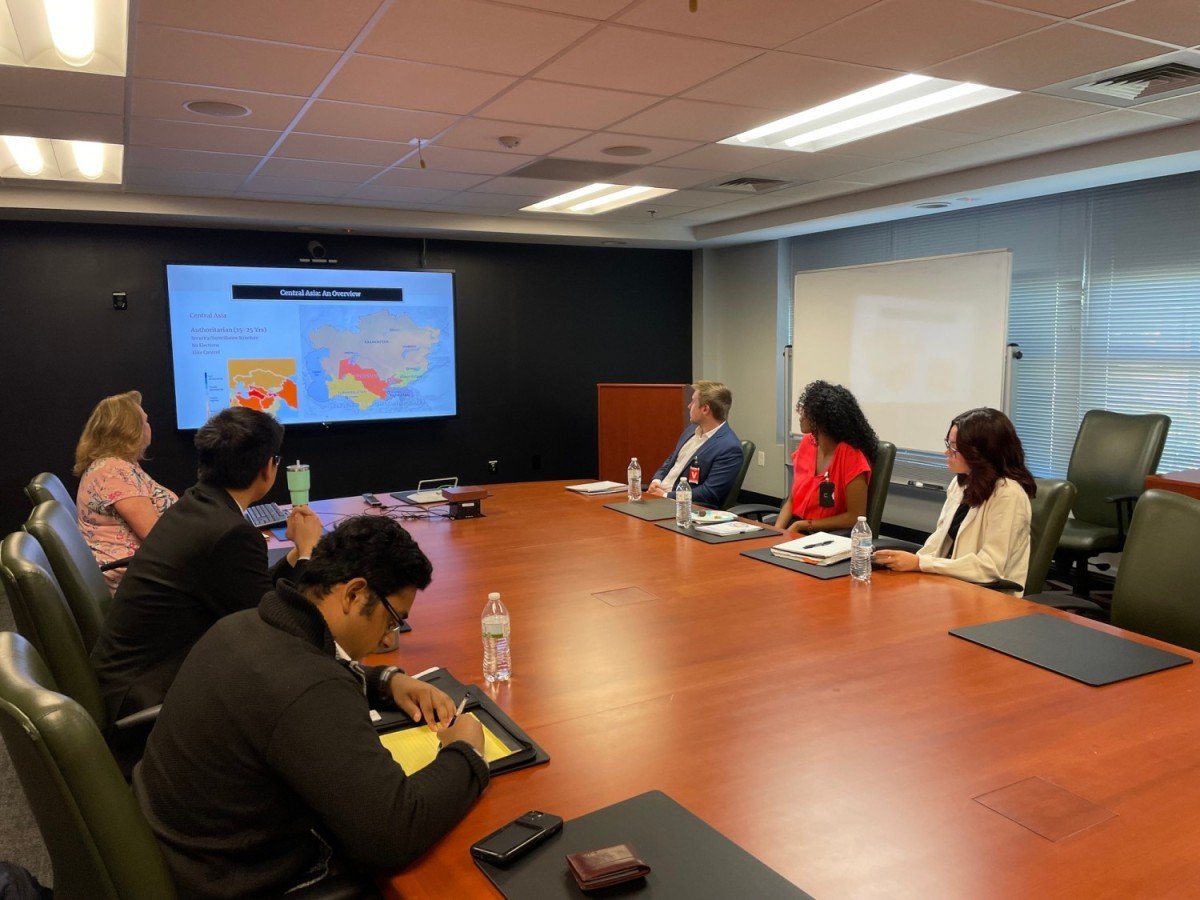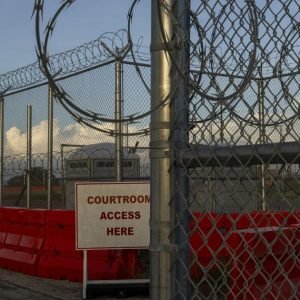
Since 2013, the U.S, Army Training and Doctrine Command has helped shape the Army’s future leaders through partnerships with colleges and universities through a robust internship program. (Courtesy photo)
VIEW ORIGINAL
JOINT BASE LANGLEY EUSTIS, Va. – For more than 10 years, the U.S. Army Training and Doctrine Command has helped shape the Army’s future leaders through partnerships with colleges and universities to bridge the gap between the classroom and the workplace through a robust internship program.
It all began in 2013, when William & Mary selected 20 students to complete an intense, two-week program followed by an internship in the field.
“We were looking for opportunities to facilitate career pipelines with those who were interested in hosting a student,” explained Dr. Kathryn H. Floyd, director, Whole of Government Center of Excellence at William & Mary.
Through a memorandum of agreement between TRADOC and William & Mary, the partnership was officially established in May 2013. The central purpose of the program was to have students gain practical and real-world experience.
“This was a mutual commitment to cultivate young minds to serve our nation in different capacities,” Floyd said. “TRADOC really helped set the model for the entire program, with other students placed at Air Combat Command-International Affairs, the Office of the Director of National Intelligence, United States Indo-Pacific Command, United States European Command, and more over the years.”
The TRADOC G-2 (Intelligence) played a critical role with launching this internship program.
“It was an initiative where students collaborated via a virtual blackboard feature, had a professor to moderate, and worked on Army intel issues,” explained Hannah Scott, former intern and fellow program manager.
During that time, there was the desire to expand opportunities for interns, so the program started to grow.
“We blended the original G-2 virtual environment, but offered traditional, in-person internship opportunities. Having the ability to grow a volunteer force was particularly beneficial to TRADOC,” Scott said. “At first inception, we had nearly 30 interns onboard from multiple schools in the area to include William & Mary, Old Dominion University, Hampton University, Christopher Newport University, and George Washington University.”
Dr. Kira Graves, a lecturer at Purdue University, was a part of the internship program from the onset.
“It was very important for us to find the best talent that we could,” Graves stated. “We built relationships with the students and helped them find their place and feel empowered.”
During her time working with the interns, Graves launched the Importance of Ridiculous Ideas research project, which assisted students with learning to appreciate provocative ideas, even absurd ones, that would help move them out of their comfort zone.
“Where we win is this notion of environmental social governance,” Graves remarked. “Being a leader and solving tough problems is what appeals to the younger generation.”
During the summer of 2018, Raechel Melling, intelligence specialist with the G-2, was in her junior year of college at William & Mary when her major advisor shared an opportunity to intern with TRADOC.
She applied for the program and was accepted.
As an intern, Melling worked in the TRADOC G-5 (Strategic Plans and Policy Analysis), and also completed rotations in the TRADOC G-8 (Manpower and Force Analysis Directorate); the G-8 (Acquisition Management and Oversight Directorate); Commander’s Planning Group; Congressional Activities Office; and with the G-2’s Mad Scientist Initiative. During her time, she completed various assignments to include working with senior leaders on messages in high-level engagements, authoring Army Mad Scientist blog posts, and managing Congressional inquiries and requests for information.
“This internship opportunity was invaluable and gave me the skills to become, not only an Army professional, but also a government professional,” Melling reflected.
In 2020, the Coronavirus pandemic did cause a bit of a stumbling block as the interns had to adjust how they would navigate and complete their work in a virtual format.
“I will forever be grateful to TRADOC for giving those students real work during the pandemic,” Floyd commented. “Even though the pandemic threw unexpected challenges our way, TRADOC opened their virtual doors to as many students as possible, creating national security career pathways, while benefiting the command.”
Floyd said she always hoped the program that originated from William & Mary would help other local universities to structure and develop the framework for their individual internship programs.
“Our goal in this has always been to serve as the model or pilot for other schools,” she said.
In addition to assigning various tasks and required responsibilities to the students, the program also assisted them with transitioning to become an Army civilian.
Melling completed the program in March 2022 and was placed in the G-2 as an intelligence specialist. She currently works in the Army Mad Scientist Initiative, within the Analysis and Control Element producing the Army Mad Scientist Podcast, The Convergence, leading the effort to plan Mad Scientist conferences, and contributing to G-2 Operational Environment products.
“The internship program was a great introduction to the Army. I come from an Air Force family and did not have much exposure to the Army, its mission, or how it operates,” she said. “I learned critical communication skills through professional development opportunities that allowed me to feel comfortable transitioning to an Army civilian.”
Over the past 11 years, approximately 120 students at various colleges and universities have participated in the program, either during the academic year or the summer months.
“Partnering with local colleges and universities establishes a direct pipeline to talent,” Scott said. “I believe that partnerships with colleges and universities allow the government to market wonderful opportunities available to students to serve their country and support our troops without having to put on a uniform.”








